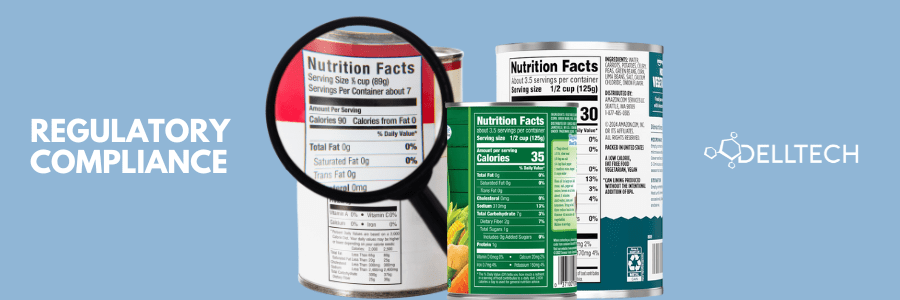By: Gorby Sandhu, Senior Regulatory Affairs Specialist, email
Cosmetics are a part of just about everyone’s life. Every day, most of us use products like soap, moisturizing creams, or shampoo. To ensure safe use of Cosmetics by Canadians, Health Canada sets safety rules through the Food and Drugs Act and the Cosmetic Regulations. All cosmetics sold in Canada must:
- be free from contamination and substances that may harm you when you use the cosmetic normally and according to the directions on the label. This is established using the Cosmetic Ingredient Hotlist, which provides a list of ingredients that are either restricted or prohibited.
- be manufactured, prepared, preserved, packed, and stored under clean conditions. All cosmetic manufacturers are encouraged to adhere to voluntary Good Manufacturing Practices (GMPs) such as ISO 22716.
- have their composition declared to Health Canada via Notification (In other words, manufacturers must tell the government what is in their cosmetics so that their ingredients can be monitored and checked against the Cosmetic Ingredient Hotlist). If a safety concern arises, the cosmetic could be prohibited from the market.
The labeling of Cosmetics is regulated by the Food and Drugs Act, the Cosmetic Regulations, and the Consumer Packaging and Labelling Act and Regulations. Labels have bilingual requirements and ingredient lists must follow the International Nomenclature of Cosmetic Ingredients (INCI) system. The INCI system was designed because INCI names act as universally recognized names that represent a substance that may otherwise have many different trade names. This international nomenclature is considered bilingual in Canada so you only need to list your ingredients once.
Additionally, Manufacturers must ensure the ingredients they are using in Cosmetics are present on the Domestic Substances List (DSL), which allows them to manufacture or import raw materials to Canada in a quantity of 100 kg or more in any calendar year as per Canadian Environmental Protection Act, 1999 (CEPA).
Dell Tech team has the expertise to help you navigate the regulatory requirements for Cosmetics. We can assess your formulations, ensure your labels are compliant, and submit your Cosmetic Notifications through the Health Canada online system. We look forward to helping you and your team.
Contact:
Dell Tech Laboratories
Gorby Sandhu
Senior Regulatory Affairs Specialist
519-858-5021
gsandhu@delltech.com
Dell Tech has provided professional, confidential consulting services to the chemical specialty
industry in Canada, the USA, Europe, and Asia for the last 40 years.
Contact us today for more information.
www.delltech.com





